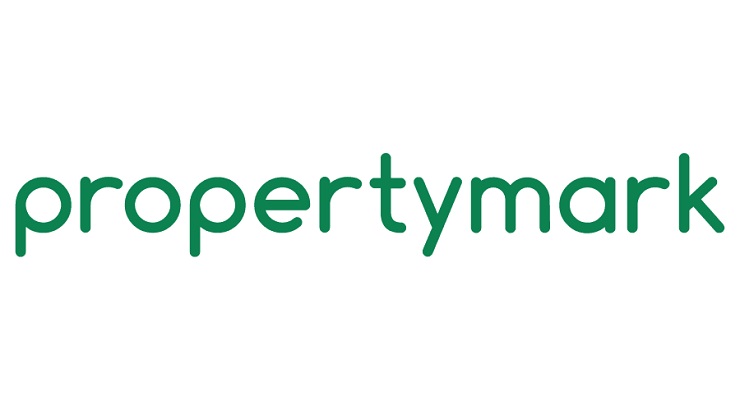The rental boom is over: rental growth cools to four-year low however supply shortages squeeze low-income renters
-
Average rents for new lets are 2.8 per cent higher over the last year, down from 6.4 per cent a year ago – the lowest rate of rental inflation since July 2021
-
Supply of homes for rent is 17 per cent higher but still below average resulting in continued strong competition amongst renters on lower to middle incomes
-
Rental growth has slowed the most in Yorkshire and the Humber and the North East, with rapid slowdown recorded in Scotland following the removal of rental controls in April
-
Rents are rising quickly in more affordable areas adjacent to large cities such as Wigan and Chester but are falling in Leeds, Dundee and inner London
-
Rents have jumped 21 per cent over the last three years while house prices are just four per cent higher
-
Rental demand is 16 per cent lower on last year due to improvements in the mortgage market and a fall in migration
The latest Rental Market Report1 from Zoopla, one of the UK’s leading property websites, has revealed that the UK rental boom is over. Average rents for new lets increased by 2.8 per cent in the 12 months to April 2025, less than half the rate of rental growth of a year ago (6.4 per cent) and the lowest rate of growth in almost four years (since July 2021). The average monthly rent now stands at £1,287pcm, up £35 over the last year.
Rental growth slows across all regions
Rental growth has slowed across all regions and countries of the UK over the last year, particularly in Yorkshire and the Humber, where rents have slowed to 1.1 per cent, down from 6.4 per cent in 2024. This is due to slower rental growth in key university cities, such as Sheffield (1.9 per cent), Bradford (1.4 per cent) and Leeds (-1.5 per cent), dragging the overall rate lower. In the North East, rental growth has slowed to 5.2 per cent, down from 9.4 per cent in 2024.
In Scotland, the rate of growth has slowed rapidly from 9.1 per cent to 2.4 per cent due to affordability pressures and the removal of rent controls which limited how much rents can be increased within tenancies. In Dundee, rental growth has slowed to -2.1 per cent, down from 5.8 per cent in 2024.
In London, rents are posting modest falls in inner London areas including NW London (-0.2 per cent) and WC London (-0.6 per cent ). Overall, rental growth stands at 1.5%, with average rents of £2,175pcm.
Rents have continued to increase quickly in more affordable areas adjacent to large cities such as Wigan (8.8 per cent), Carlisle (8.8 per cent) and Chester (8.2 per cent). The number of postal areas where rents have risen at over eight percent a year has fallen from 52 a year ago to just five today.
Rents have increased five times faster than house prices over last three years
The sales and rental markets have diverged in recent years, particularly over the last three years, with rental inflation outpacing the growth in house prices
Average UK rents for new tenancies are 21 per cent higher since 2022, compared to just four per cent for house prices. The average monthly rent has increased by £219 over this time, broadly the same as the increase in average mortgage repayments.2 Average annual UK rents have increased by £2,650 over the last three years, from £12,800 to £15,450.
Rental growth has slowed but scarcity of homes available to rent continues
The slowdown in the rate of rental growth is a result of weaker rental demand and growing affordability pressures, rather than an increase in supply. Zoopla data shows rental demand is 16 per cent lower over the last year, but this remains more than 60 per cent above pre-pandemic levels.3 Lower migration into the UK for work and study is a key factor with a 50 per cent decline in long-term net migration in 2024.4
Stability in mortgage rates and improved access to mortgage finance for first-time-buyers, most of whom are renters, is also a factor behind the moderation in levels of rental demand. Recent changes to how banks assess affordability will make it easier for renters on higher incomes to access home ownership, easing demand at the upper end of the rental market.
Despite weaker demand, renters are still facing a limited supply of homes for rent which is 20 per cent lower than pre-pandemic levels, despite being 17 per cent higher than a year ago.3 Lower levels of new investment by private and corporate landlords is limiting growth in the private rental market. Looking to the remainder of 2025, UK rents remain on track to increase by three to four per cent over the rest of the year.
Commenting on the report, Richard Donnell, Executive Director of Research at Zoopla says: “Rents rising at their lowest level for four years will be welcome news for renters across the country. The average annual cost of renting is over £2,500 a year higher than three years ago, the same as the increase in average mortgage repayments for home owners.
“While demand for rented homes has been cooling, it remains well above pre-pandemic levels sustaining continued competition for rented homes and a steady upward pressure on rents. The pressures are particularly acute for lower to middle incomes with little hope of buying a home and where moving home can trigger much higher rental costs.
“The rental market desperately needs increased investment in rental supply across both the private and social housing sectors to boost choice and ease the cost of living pressures on the UK’s renters.”
Adam Jennings, head of lettings at Chestertons, says: “Overall, the UK’s rental market remains highly competitive as a growing population results in a continuous requirement for suitable housing. Whilst some areas of the UK may have witnessed an adjustment in supply or demand levels as well as rental inflation, the majority of cities and particularly London, still see a single property attract several tenant enquiries.
“Despite occasional market fluctuations, demand will likely always outweigh supply which can result in a challenging property search for tenants. In fact, based on 2025 market trends this summer may be the most competitive we have seen for many years. To stay ahead of the competition, tenants are advised to start their property search as early as possible but also establish what they might be prepared to compromise on whether that’s price, location or the size of the property.”









